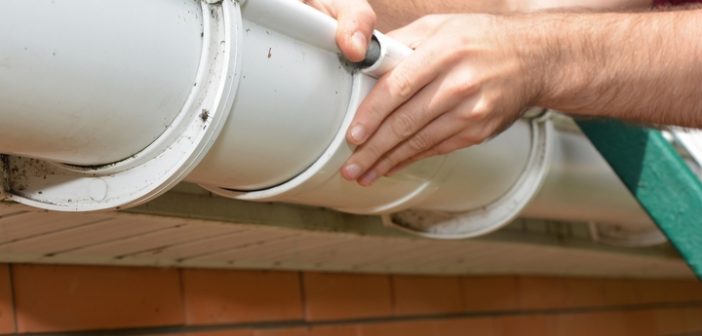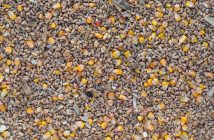The roof gutter is key to draining water out and keeping your roof looking beautiful and neat. However, in the process of removing dirt and debris from your roof and draining out rainwater, it’s exposed to the elements, rot and decay. Unless your roof gutter and eavestrough systems are appropriately maintained and repaired, it can degenerate quickly and end up costing you a hefty sum in terms of a new roof replacement.
To avoid any problems, you should make an effort to follow these six roof gutter repair tips and techniques:
1. Unclog your roof gutters
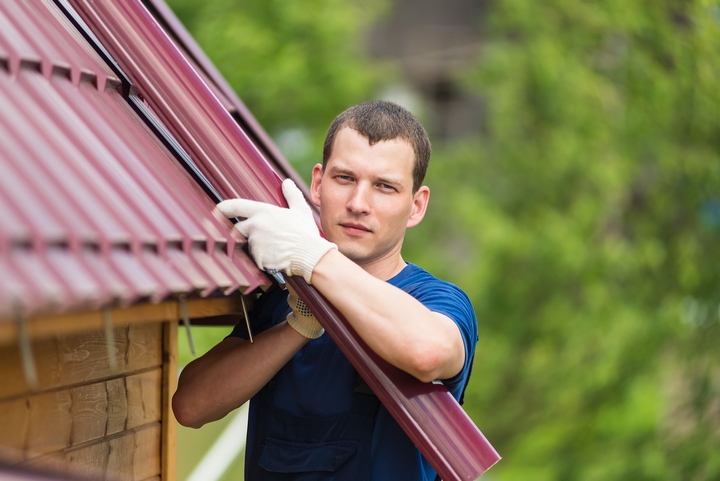
If you don’t have a problem soiling your hands and heights don’t scare you, get a ladder and start getting that debris out of your gutter using your hands. This simple task of regularly unclogging your roof gutter will save you lots of cash in roof gutter repair.
Taking preventive measures is the best DIY approach to prevent dirt and grime from accumulating in your gutters. Just take precaution when using a ladder and make sure it’s properly secured so it can hold your weight as you move along the roof, deftly unclogging every part of the gutter.
Also, make sure you wear gloves to protect your hands. You will also need a garden hose to splash out dirt and tiny particles from your roof’s gutter. The idea is to make sure clogs do not restrict rainwater, so it flows off the structure and into the drains.
2. Adjust the roof gutter
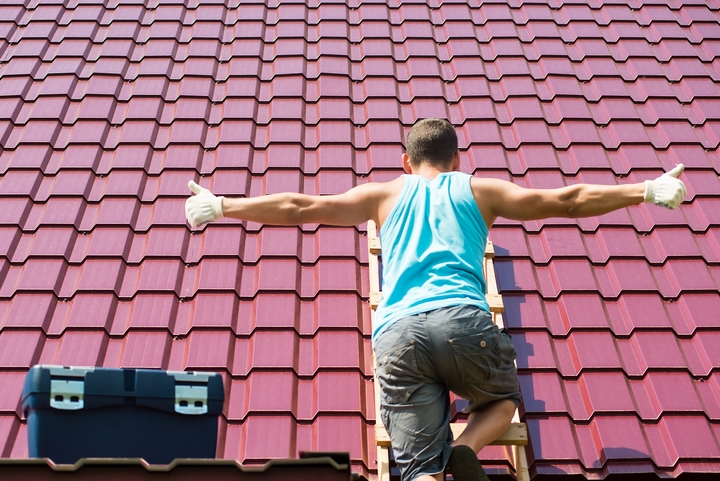
Sometimes, waterflow into the downspouts is restricted by a misaligned gutter. Let’s say your roof gutter is clean and free of clogs, but water is still not draining out. The culprit is usually an incorrectly aligned gutter. So, you need to correct this situation as a matter of urgency.
The misalignment may not be visible with the naked eye, but a closer look may reveal the gutters are not slightly tilted to allow water to drain out effortlessly. To realign your roof’s gutter, insert long nails at regular intervals into the fascia board, located at the rear side of the gutter.
Next, take out the brackets supporting the gutter. Get a string and tie its length to both sides of the fascia board, end to end. Make sure the gradient is towards the downspout. After every ten feet of gutter, the gradient should be half an inch. Once you’re done with this roof gutter repair, reinstall the brackets, carefully ensuring to follow the string’s tilt.
3. Rid the metal gutters of rust
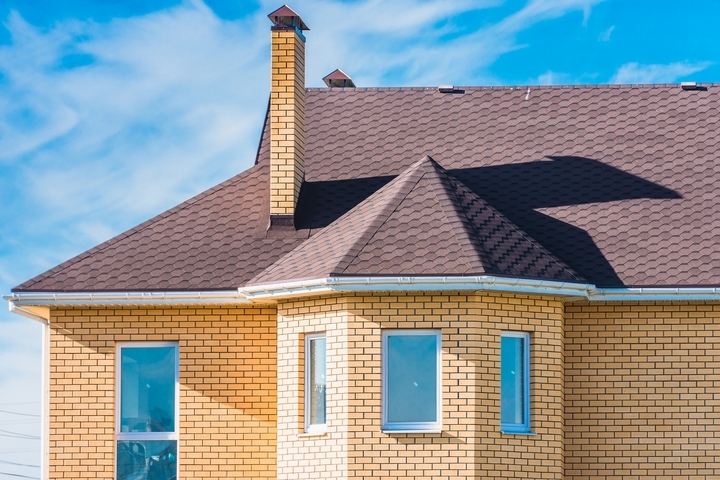
Rust is a leading enemy of gutters. If left unattended, it will eat your gutter and leave gaping holes. The trick with dealing with rust is to get rid of it as soon as it appears before it can cause damage to your gutters.
To remove tiny patches of rust, use sandpaper. For larger patches of rust, use a wire brush. Once the rust is off, apply a rust-resisting primer. As you apply the primer, look for cracks and cover them with a sealant to make sure the area is smooth before applying gloss paint or bitumen. Apply a second coat once the first one dries up.
4. Fix leaks in UPVC or PVC
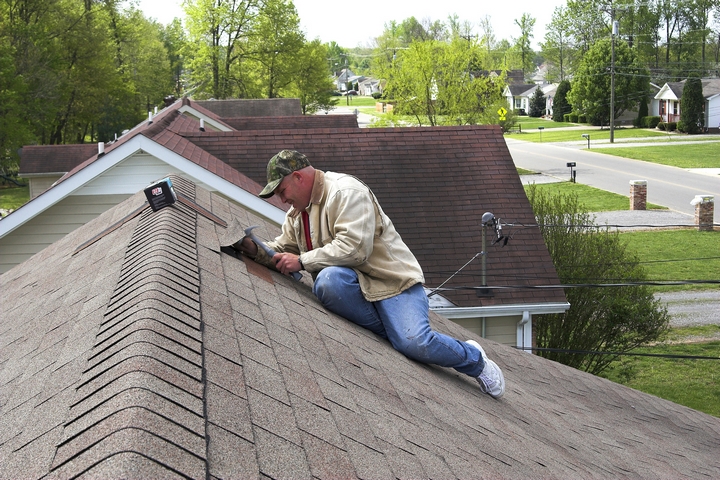
To spot leaks in plastic gutters, check the joints, areas where two sections are joined together. Use gaskets or rubber seals to make the joints watertight. When joints wear out or are forced apart by debris and dirt, the result is leaking. To separate the seal from the gutter, squeeze the gutter sides.
Next, remove debris and dirt gathered around the seal and check it for signs of wear. You can replace a worn seal easily, but make sure to press the new seals properly, so they fit in as firmly as possible. Once you are satisfied that the new seals are correctly in place, reinstall your gaskets and guttering to finish this roof gutter repair.
5. Reinstall a loose downspout
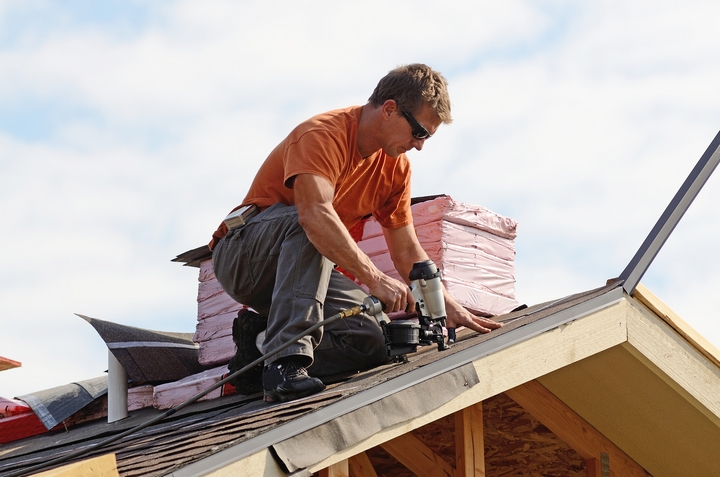
Sometimes, no amount of roof gutter repair will help because the problem does not lie with the roof gutter. The downspout, that tube draining water into the drains, could be the problem. If your downspout is the problem, relax. Fixing it is quite easy. Start by checking to establish whether a connecting bracket has gone loose.
If you ascertain this to be the case, replace it either slightly lower or higher than it’s initial placement, but make sure you use new pilot holes. Another suspect for a loose downspout is a wall plug. Replace it and re-affix the nails and screws, a simple task that will take only a few minutes of your time.
6. Call a professional roofer
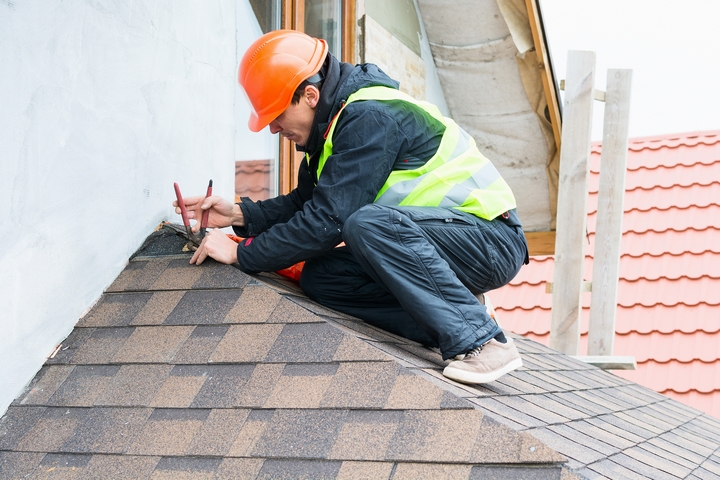
After inspecting your roof gutter, you might realize the damage is extensive, the kind that requires a professional. You might discover you have displaced shingles or rotting fascia boards. Unless you are a professional roofer, it might just be better to let a professional handle it.
Repairing your roof gutter, in most cases, is an easy task. Sometimes it’s as easy as climbing a ladder and removing the dirt and debris and then flashing it with a water hose to wash out the grime. However, if the damage is beyond your DIY confidence levels, let a professional roofer deal with it.

